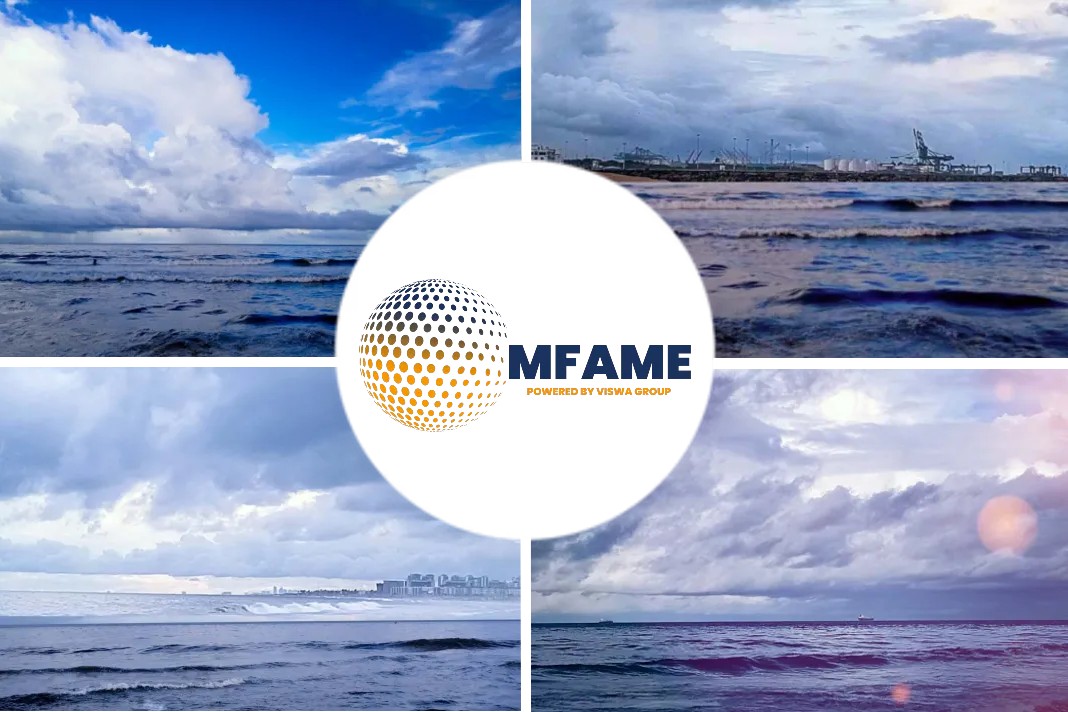According to DNV GL, gas as shipping fuel for shipping is the “best choice” for the next decade if the maritime industry is looking to significantly reduce greenhouse gas (GHG) emissions, reports Seatrade Maritime News.
Stringent IMO regulations
With the maritime industry facing more stringent regulations by the IMO on reducing emissions, the use of heavy fuel oil (HFO) is gradually falling out of favour, particularly with the impending enforcement of a global 0.5% fuel sulphur content cap starting 1 January 2020.
“Naturally, low sulphur fuel oil is a compliant fuel but it does not do much in terms of reducing CO2 emissions,” DNV GL – maritime ceo Knut Orbeck-Nilssen spoke at a press briefing at Marintec China 2019 in Shanghai.
“It is not easy to say which is the best alternative fuel to use as it depends on a vessel’s trading route, the equipment available and so forth. But gas as fuel is still the best choice for CO2 reduction,” Orbeck-Nilssen said.
Marked GHG reduction
In terms of using LNG, ships can look to benefit from a 20% EEDI improvement and 10-25% GHG reduction, compared to using conventional bunkers.
The number of LNG bunker tanker is also expanding at a rapid pace with growth at almost seven times higher in capacity to 2021 compared to 2018.
For LPG, there can be around 17% reduction in GHG and methane slip, and the product is readily available on a global scale.
LPG could also act as a bridging fuel to ammonia, as the materials used for LPG tanks and systems is, in most cases, suitable for ammonia.
Gas fuelled LPG
Classification society DNV GL in recognising that, with the exception of LNG, international regulations for such alternative fuels are absent, developed new class rules and a class notation ‘Gas fuelled LPG’ for using LPG as fuel.
Geir Dugstad, director of ship classification & technical director at DNV GL – maritime, commented: “With the new rules and class notation, we want to offer owners interested in LPG a straightforward path towards compliance with the alternative design approach mandated by the IGF Code.”
“As the fuel environment within the maritime industry becomes more diverse, it is essential that we continue to broaden the enabling rules and regulation to support these new choices,” Dugstad said.
- The ‘Gas fuelled LPG’ notation covers internal combustion engines, boilers and gas turbines for both gas-only and dual-fuel operations.
- It also includes requirements for the ship’s fuel supply, considering all aspects of the installation from bunkering connection up to and including the LPG consumers.
Did you subscribe to our daily newsletter?
It’s Free! Click here to Subscribe!
Source: Seatrade Maritime News















![[Watch] Crazy Power Needed to Move World’s Largest Containerships](https://mfame.guru/wp-content/uploads/2023/11/mfame-tanker-100x70.jpg)

